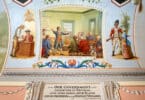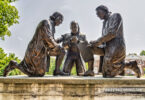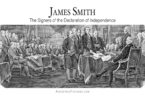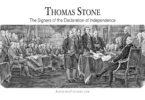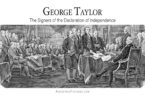Another lesser-known, but still important, signer of the Declaration of Independence was Charles Carroll. His signature on the Declaration of Independence is unique in that it has “of Carrollton” signed next to his name. Charles often added this notation after his name to distinguish himself from the several other men in his family who had his same name. Carrollton was the name of the large home where he lived.
Charles was born in 1737 in Annapolis, Maryland. Unusually for the time, he was the only child of his parents, Charles Carroll and Elizabeth Brooke. At the time of his birth, he was illegitimate, as his parents were not married to each other. This was not because they did not want to marry or were having a tawdry affair. There were technical reasons to do with the inheritance of the estates of the Carroll family that prevented their marriage for a time, though they certainly considered themselves married and lived as if they were. They eventually did marry each other in 1757, twenty years after Charles Jr’s birth.
Charles went to a Jesuit preparatory school as a child. When he was eleven years old, his parents sent him to France, where he continued his education at Jesuit schools in Paris, graduating in 1755. After that, he went on with his studies at other schools in Europe and even studied law in London, before eventually returning to Annapolis in 1765.
After coming home to Maryland, Charles’s father granted him Carrollton Manor, which is the house that the younger Charles took as the appendage for his name. Maryland was established as a Catholic colony, but by the time of Charles’s birth had become governed by Protestant law. Because he and his family were Catholic, Charles was barred by law from going into politics, from practicing law, and from voting. In spite of these challenges, Charles became one of the wealthiest men in the colonies. This wealth came mostly from his huge collection of agricultural estates, and in lesser part from his providing money to finance new businesses on the western shore of Maryland.
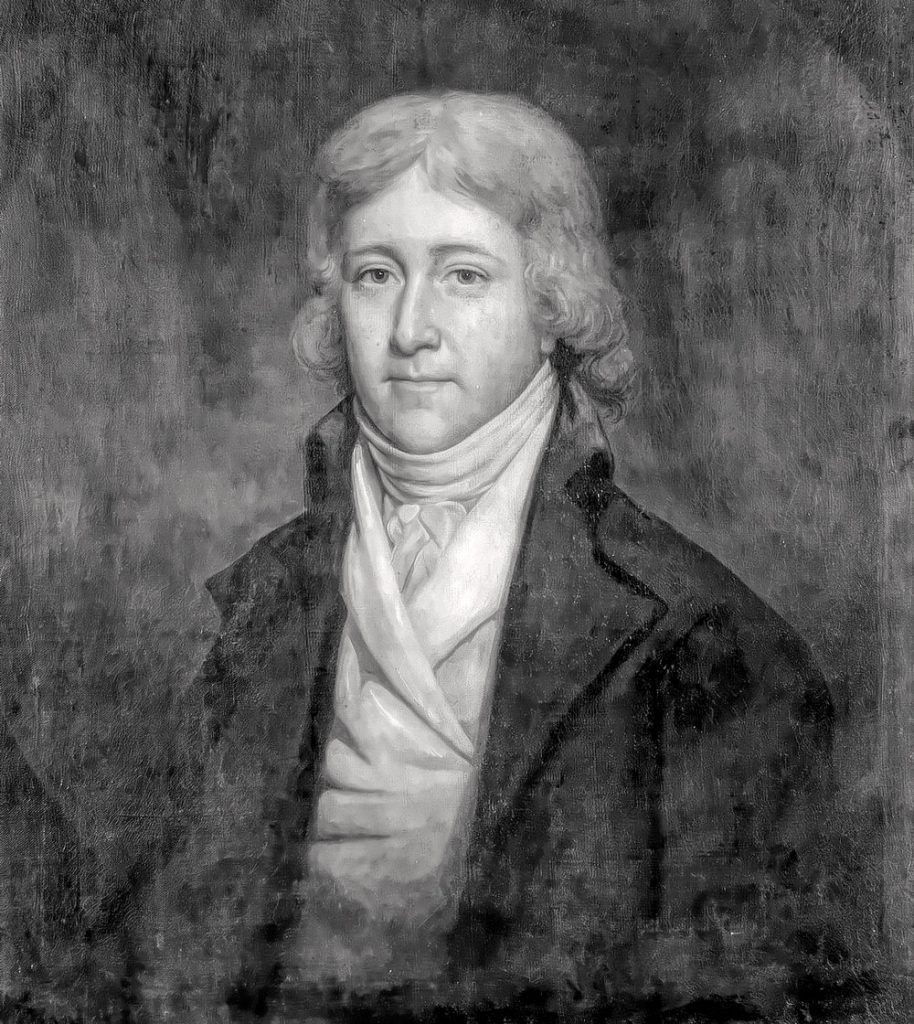
Even if he had been allowed to participate in politics, Charles was not interested in it. Yet, as the arguments between Great Britain and the colonies intensified and looked like they were going to spill over into war, Charles emerged as a strong voice for the cause of independence. In 1772, Charles engaged in the public debate through the local newspapers, writing anonymously under the name “First Citizen,” arguing that the colonies should be in charge of deciding their own taxation. Charles also used his First Citizen pseudonym to argue against the decrees of the governor of Maryland to increase the amount of money paid to state officers and Protestant clergy. Daniel Dulany wrote to the same papers under the name “Antillon” to oppose Charles’s opinion pieces.
In their publicly published arguments, Charles and Daniel debated a variety of subjects on public life in Maryland, and on the cause of independence. Charles was of the opinion that the government of Maryland had been under the control of the Tasker, Culany, Bladen, and Ogle families for too long, and that this needed to be changed. Eventually, Daniel, being a part of one of these four families that Charles argues against, resorted to personal insults to Charles, which Charles responded to in a statesman-like manner. Their individual identities eventually became known to the public, and Charles became a leading public figure against the rule of Great Britain on the colonies.
As this type of leader, Charles served on several committees of correspondence and was a leading participant in the burning of the Peggy Stewart ship in Annapolis harbor, an event that became known as the Annapolis Tea Party. This action was part of the Tea Party protests in the colonies against the British Tea Act, of which the Boston Tea Party is the most famous protest. To this day, Maryland has a state holiday on the anniversary of the burning of the Peggy Stewart, called Peggy Stewart Day.
Charles eventually came to believe that only violence could break the impasse between Great Britain and the colonies. After being elected to a committee of correspondence, Charles represented Maryland in most of its pre-Revolution groups. He was on the first Committee of Safety in Annapolis and was a delegate to the Annapolis Convention, which was Maryland’s revolutionary government before the Declaration of Independence was signed. In 1776, Charles was chosen to be a delegate from Maryland to the Continental Congress in Philadelphia.
Charles was sent as part of a four-man delegation to Canada not long after becoming a delegate to the Continental Congress. This mission was to ask for assistance from the French Canadians in Quebec in their quest for freedom from Great Britain. Charles was fluent in French, and also a Catholic, as were most French Canadians, so he was a superb choice for a delegate to this mission. The others on the mission were some notable names in American history–John Carroll, Samuel Chase, and Benjamin Franklin. While the delegates were not able to secure the assistance of the French Canadians, mostly due to the colonies trying to annex Canada at the same time the delegates were there, the assistance of the French Canadians ended up not being needed, because of the assistance of the actual French, in France.
While Charles arrived back at the Continental Congress to vote on the Declaration of Independence, he was there in time to sign it. In fact, having just outlived both John Adams and Thomas Jefferson, Charles became the last living signer of the Declaration of Independence. As the wealthiest man in the colonies at the time, Charles stood to lose much if the American Revolution was not successful. He put everything he had on the line for the issue of independence, in which he was a passionate believer. Putting his money where his beliefs were, he gave a lot of money to the American military during the Revolution.

Charles married Mary Darnall in 1768, and they had seven children together, three of whom survived childhood. Charles and Mary’s descendants still own Doughoregan Manor in Maryland, with one hundred acres of historically preserved land. The property is incredibly valuable, even today. Charles died in 1832 at the age of ninety-five and is buried at the chapel at Doughoregan Manor, which is one of the properties he owned during his life.

